Oriental wind instruments, which one to choose?
The sound of oriental wind instruments is attractive and unique because it can be both very sad and extremely festive at the same time. It is an essential family of instruments in traditional oriental music. It is difficult and rare to find in tune wind instruments; this is why we are particularly proud to present our ranges of high quality neys, kawalas, duduks, alghozas, zurnas and arghuls.
Ney, the wise
The ney, also transcribed nai or nay, is an oblique flute with a terminal reed mouthpiece, originating from Central Asia, the oldest forms of which date from the age of the pyramids (representation on Egyptian tomb paintings around 3000-2500 BC). AD).
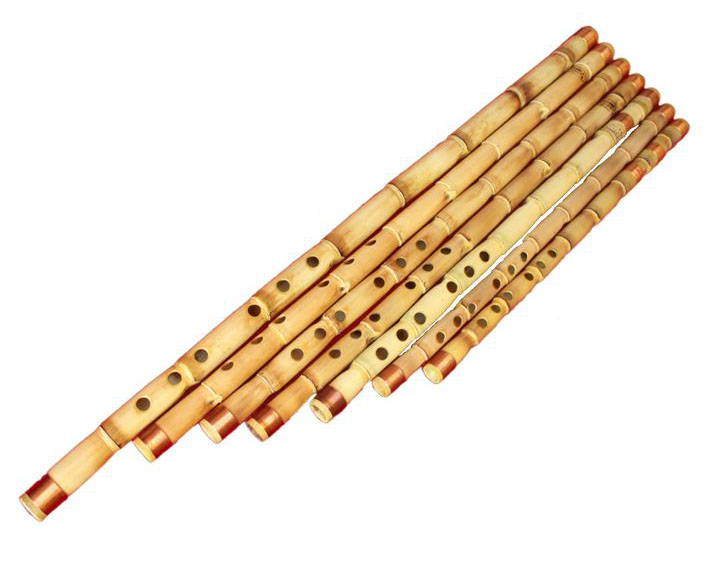
The oriental flautist has several flutes and each of them corresponds to a scale. The musician changes it several times during a concert to play the scales of the violin or the oud. The ney is used as much in the classical repertoire as in popular music. Its particular sound gives it, moreover, obvious mystical aspects.
Kawala, the sweet
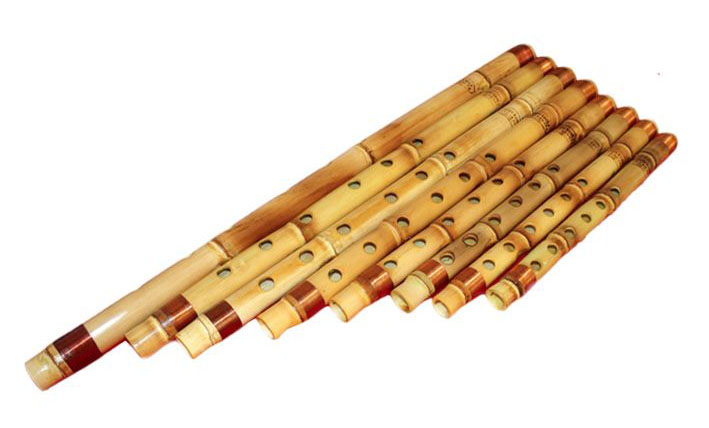
The kaval or kawala is a diatonic or chromatic oblique flute depending on the region, played in the traditional music of the Balkans, Turkey, Armenia and Egypt. There is an Arab proverb that presents the kaval as the wife of the ney because of its softness and sound roundness
Duduk, the mystic
The duduk or duduk is an Armenian musical instrument with a double reed like the oboe that can be found in many neighboring countries. In 2005, UNESCO proclaimed “Duduk and its music” to the intangible cultural heritage of humanity.
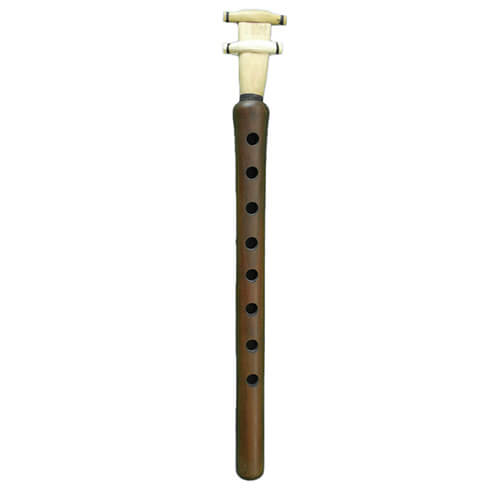
The duduk has a very soft and fairly deep sound that can become nasal and metallic when the musician blows harder or uses softer reeds. No other traditional oboe of this size has such a deep range. In recent years, the duduk has become a very popular instrument among composers of film and video game music.
Alghoza, the happy
The alghoza and satara family includes duct flutes, with a recorder mouthpiece, from Pakistan.
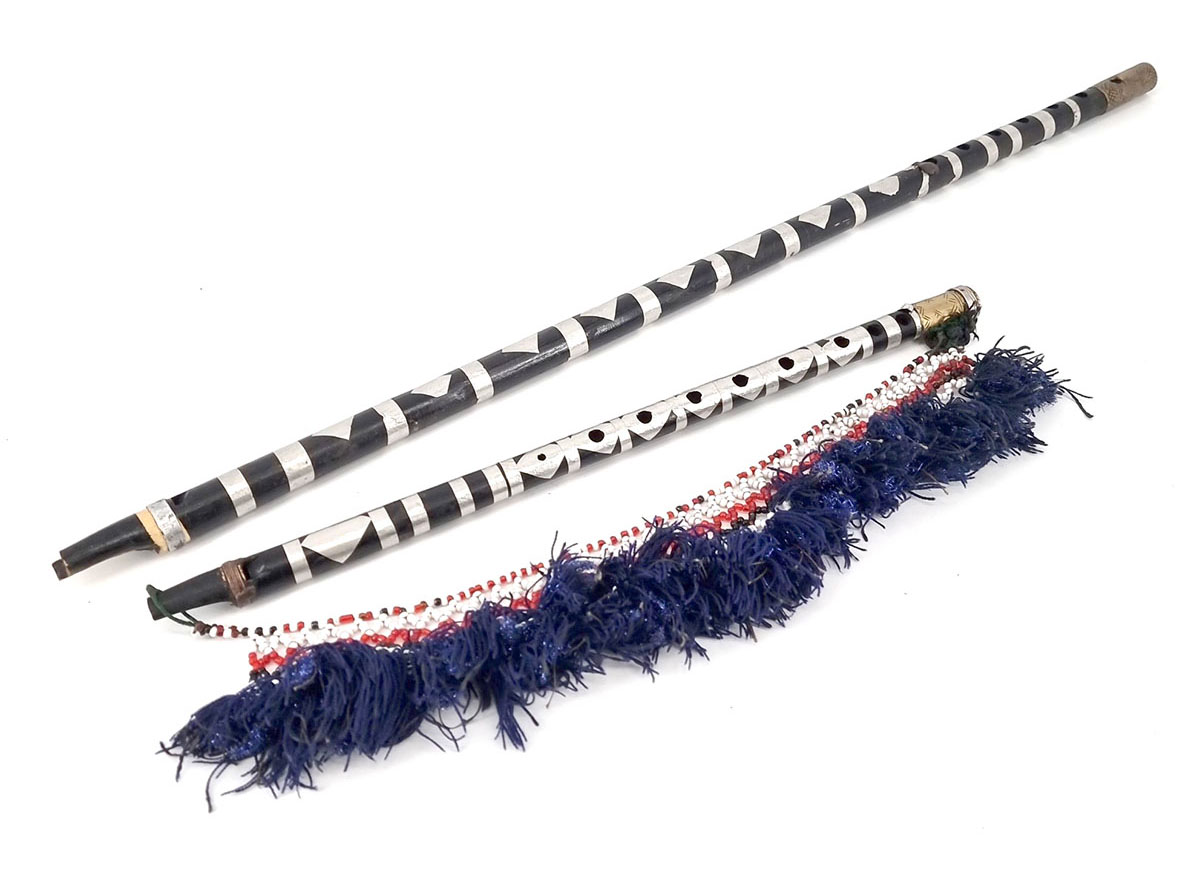
It is made up of a pair of segments of bamboo or wood, one of which is pierced with eight holes (bourdon), and the other with twelve (melody). The diatonic tuning is obtained by plugging the useless holes with wax. Decorative elements (metal rings or pompoms) are not uncommon. The sound of the Alghoza is particularly joyful, festive and rhythmic, and is often accompanied by percussion.
Zurna, the Piercer
The zurna, also called zorna or mizmar, is a double reed wind instrument from the large family of oboes whose origins are Turkish. In North Africa, it also receives the following names: algaita, ghaita, rajta, rhaita, etc.
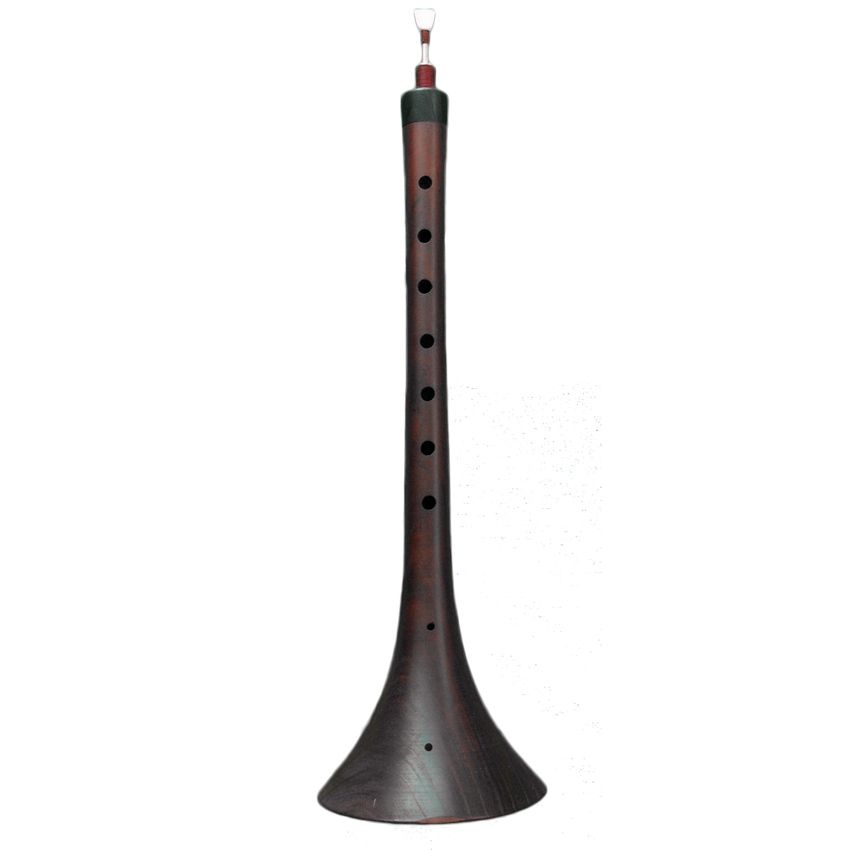
It has a register of an octave and a half, and the chord is diatonic; the accuracy of the playing, all the more problematic since oriental music uses quarter tones, depends very much on the skill of the musician. He must constantly adapt the pitch of the sounds by varying the pressure of the breath and the lips on the reeds. It is used in popular music, traditionally in duet with the davul, daouli or toupan drum, and generally played outdoors during festivals, fights and weddings in the Near East and North Africa.
The arghul, the folkloric
The arghoul, argol or arghûl is an Egyptian wind and single reed musical instrument similar to a double body clarinet. It produces two simultaneous sounds: a continuous sound (drone) and the melody.
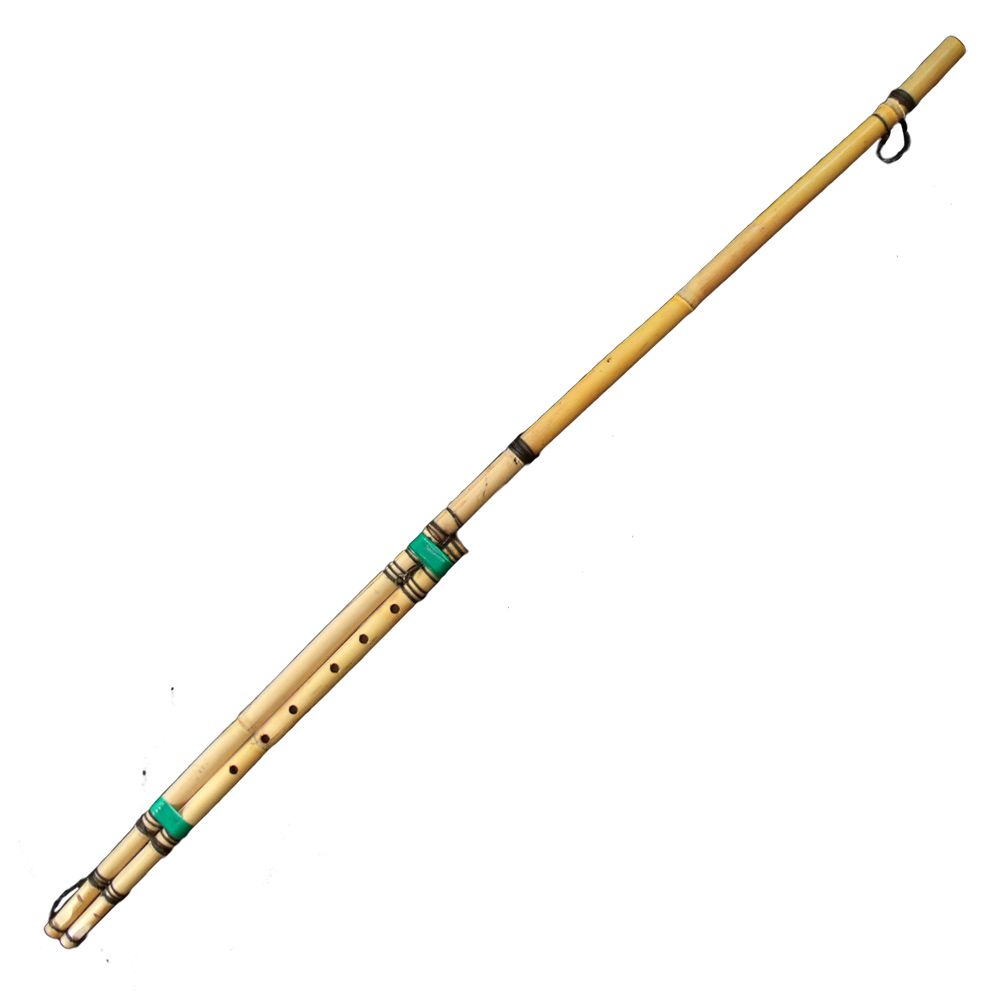
It is carved from reed with six playing holes, with additional and variable segments for the drone. The sound of this instrument is extremely folkloric and festive, it is mainly used in southern Egypt. It can be both high and low depending on the size of the instrument, and has a rather mystical touch.
For more information on all these oriental wind instruments, go to www.sonsdelorient.com/fr/vents.html
